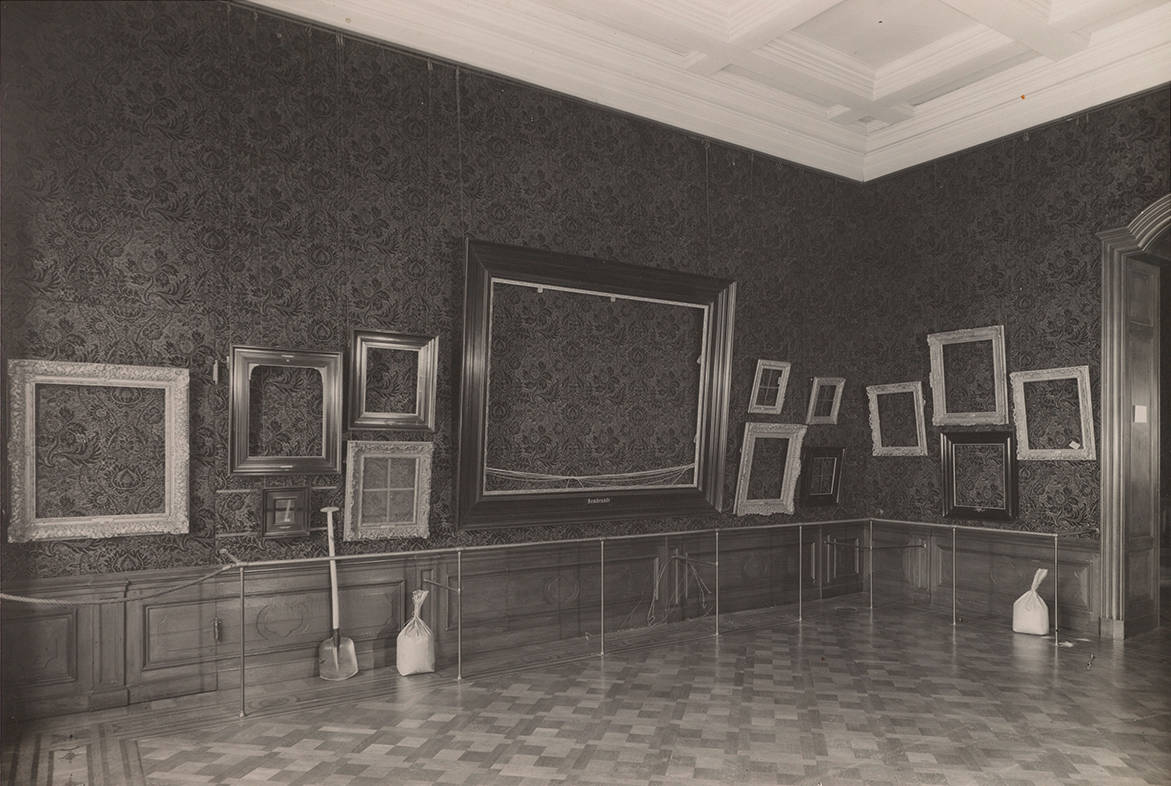
13 February - 29 June 2025
In 2025 the Mauritshuis will mark eighty years since the liberation of the Netherlands. The German occupation was a turbulent time for the Mauritshuis, with its collection in storage, propaganda exhibitions, music recitals and people in hiding to escape forced labour (the Arbeitseinsatz). The museum was located right in the heart of the centre of Nazi political power in the Netherlands. All the German administration’s most important organisations were literally just round the corner. Director Wilhelm Martin had many concerns, including protecting the museum’s world-famous collection of paintings, and how to deal with the propagandist role that the Germans had in mind for the exhibitions in the museum. Menno de Groot (b. 1931) and his family lived in the basement during the war. Menno’s recollections and experiences of that time provide the basis of an important storyline for young visitors to Facing the Storm – A Museum in Wartime. They will be able to see what happened within the museum’s walls from Menno’s perspective. The exhibition is sponsored by Stichting de Johan Maurits Compagnie, the Mondriaan Fund and Vfonds.









